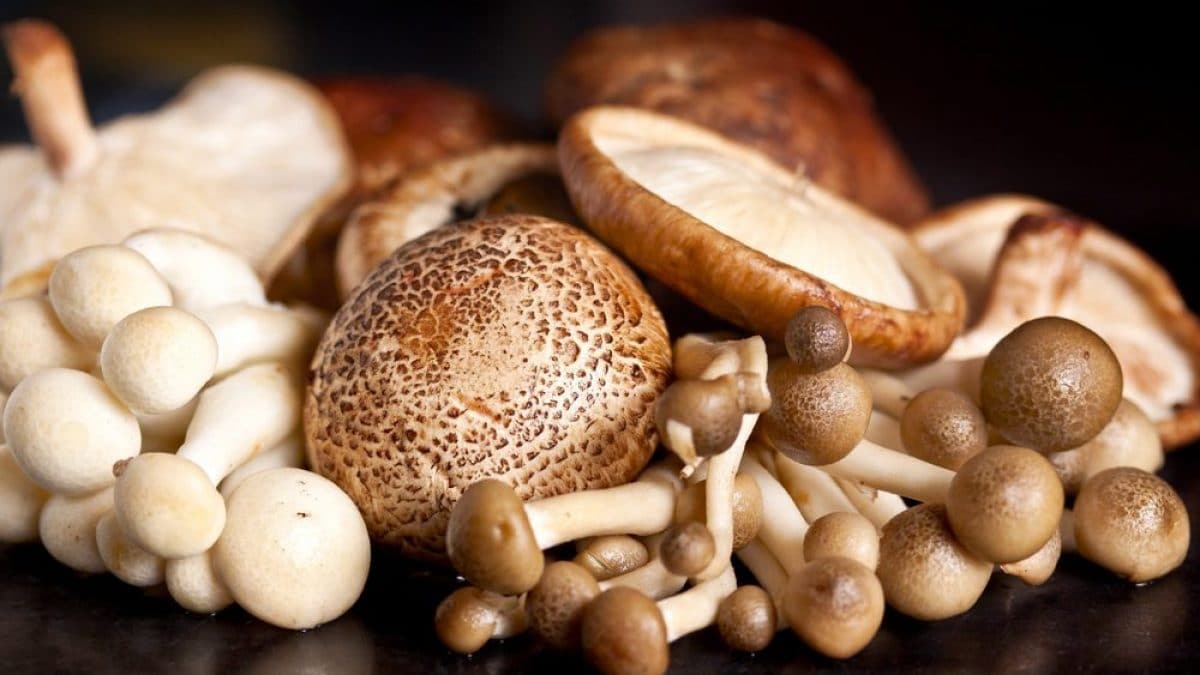
Mushrooms are a fall symbol, but in reality they are a food with precious nutritional values that can also be found in other seasons, depending on the variety. Despite this, data warns us that 90% of food poisonings caused by mushrooms occur during the months from September to November, which is the most profitable period for their collection. From this, we understand the importance of knowing how to distinguish the nature of mushrooms, recognizing which are edible and which are toxic: it is a skill that requires practice and experience and does not allow for improvisation. Below, we provide a brief guide to the types you can eat, which are the most common, and how to cook them safely.
What Are The Edible Mushrooms in the U.S.?
When we talk about mushrooms, we are referring to fungi, biologically classified in a separate "kingdom" from the animal and plant kingdoms, as they have characteristics that differentiate them from both, from reproduction by spores (which does not pass through an embryonic stage) to the fact that they do not perform chlorophyll photosynthesis, or their feeding on organic substances produced by other organisms and not inorganic ones as plants generally do. These are unicellular and multicellular living beings that are mainly divided into micromycetes (usually microscopic in size, beneficial or pathogenic, such as molds) and macromycetes, which can be seen with the naked eye, the most classic ones with cap and stem that are found in the woods or are cultivated. It is the latter that interest us as edible mushrooms to use in the kitchen in the most varied recipes: if we were to think of all mushrooms, it is estimated that there are around 3 million existing species.
Edible Forest Mushrooms
Wild mushrooms are those that grow mainly in forest areas, in symbiosis with trees such as oaks, beeches, chestnuts and conifers, or on decaying wood: they develop in the damp undergrowth and are often found in autumn, when conditions are optimal. Among the best-known wild mushrooms are porcini mushrooms (Boletus edulis), chanterelles (Cantharellus cibarius) and drumstick mushrooms (Macrolepiota procera). Lignicolous mushrooms, on the other hand, are those that grow directly on fallen tree trunks or stumps on the ground or in woodsheds, and not all of them are edible. Among the most popular on our tables are Pleurotus ostreatus, commonly known as oyster mushroom, and pioppini mushrooms (Agrocybe aegerita).
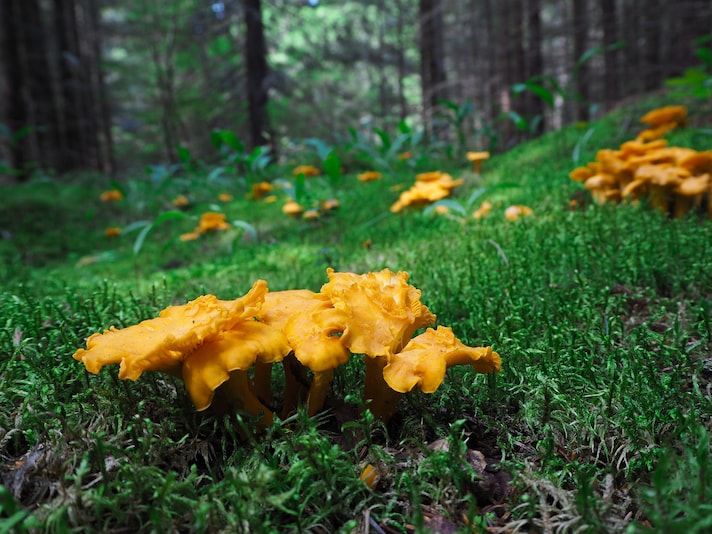
Edible Field or Ground Mushrooms
They are found in meadows, pastures, clearings, open land, or woods, most often detached or far from trees because their survival does not depend on the roots of other plants. Among the best known are the field mushrooms, from the common (Agaricus campestris) to the large (Agaricus arvensis), the morel (Morchella vulgaris), the true drumstick mushroom (Macrolepiota procera, not to be confused with its poisonous look-alike, the false drumstick mushroom, usually smaller in size but often found in gardens and parks), the golden trumpet mushroom (Hydnum repandum), the horn of the dead (Craterellus cornucopioides), and the hairy cap mushroom (Coprinus comatus).
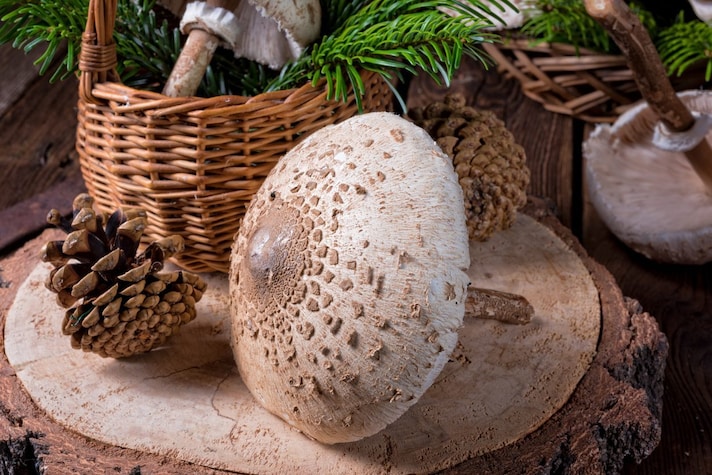
Boletus Mushrooms
Boletus mushrooms belong to the Boletaceae family: the most famous representative is the porcini mushroom (in its four varieties, Boletus edulis, B. aestivalis, B. pinophilus, B. aereus), but it includes other edible species such as the bay bolete (B. badius), the “yellow porcini mushroom” also known as pinarello or pinarolo ( B. luteus ), the larch bolete or laricino (B. elegans) or the red-footed bolete (Neoboletus erythropus). Some can be toxic, such as the equally famous Satan's mushroom (Boletus satanas). They grow mainly in coniferous and broadleaf forests, in symbiosis with the roots of the trees: porcini mushrooms are characterized by not having gills under the cap, but a porous surface.
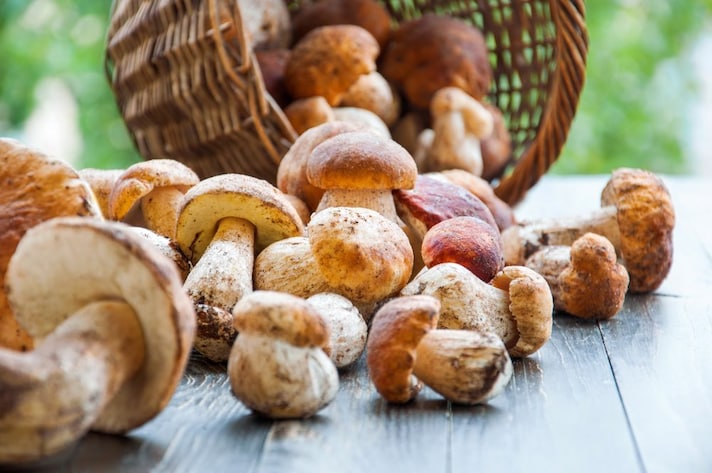
Puffball Mushrooms
These are spherical or pear-shaped mushrooms found in woods and meadows, highly adaptable to various types of soil and climate. It is best to eat them when they are still young, with firm, white flesh, while they should be avoided if they are too ripe, spongy, and brown. Of this group, the most common are the giant puffball (Calvatia gigantea), with a cap that can reach 50 cm in diameter, and the common puffball (Lycoperdon perlatum), which is characterized by being covered in spines.
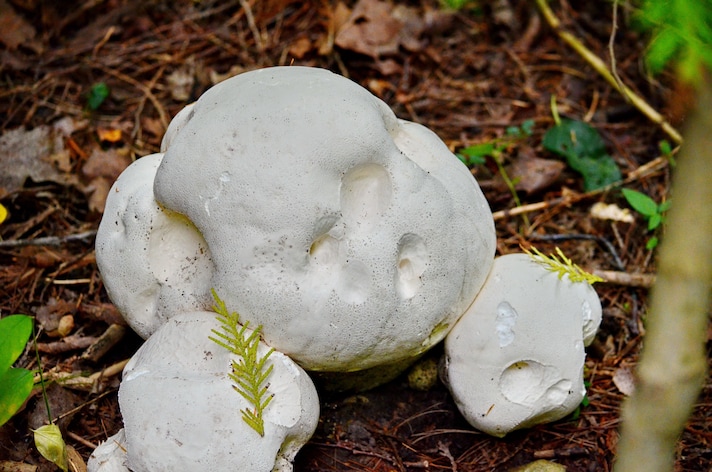
Hypogeal Mushrooms
The best-known underground mushrooms are black and white truffles (Tuber spp.), considered a true delicacy, although they are not the only ones. They are so called because they complete their entire life cycle underground, growing in symbiosis with the roots of certain plants, such as oaks, and their harvesting and processing differ from that of "classic" mushrooms, adhering to different regulations.
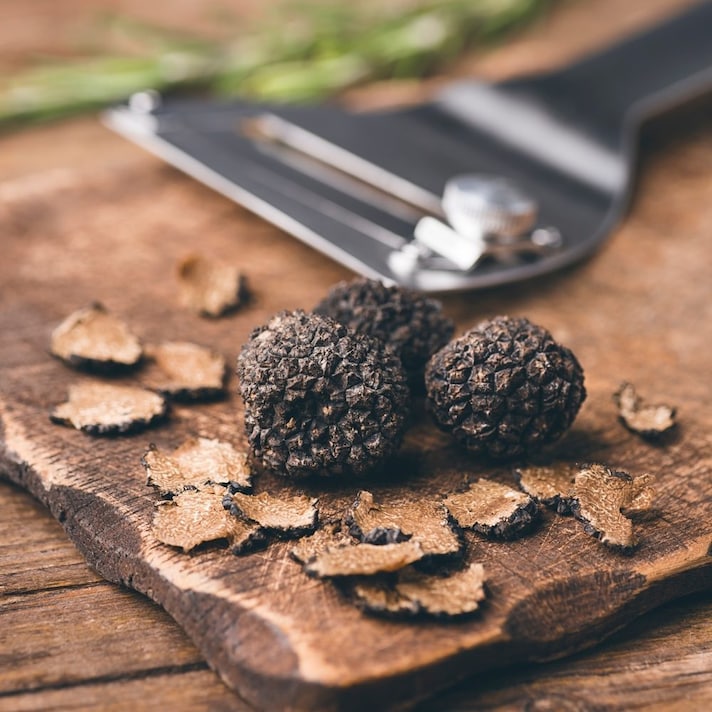
Cultivated Mushrooms
Cultivated mushrooms are very easy to find on the market. Among the most common are the button mushroom (Agaricus bisporus), prized for their versatility and because they are available practically year-round – their wild counterpart is the popular field mushroom – but also the portobello mushroom (Agaricus avellanus), a larger variant. Another variety is the oyster mushroom (Pleurotus ostreatus), which can also grow wild, as can the poplar mushroom (Agrocybe aegerita). From Asia, on the other hand, comes the Lentinula edodes, better known as shiitake, perfect for stuffing baozi, ravioli and flavoring noodle soups or omelettes.
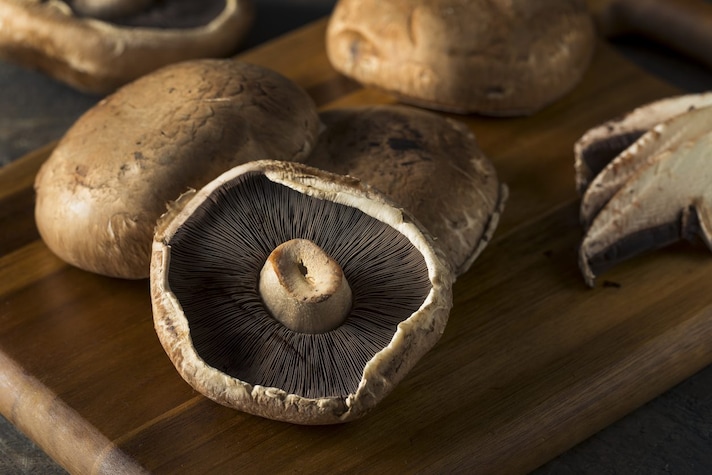
How to Recognize Edible Mushrooms
There are no universal characteristics that all edible mushrooms have in common: the same goes for poisonous ones. Despite this, there are some signs that can act as warning signs, raising doubts about their danger. The advice is to always consult the experts at the Mycological Inspectorates established by the U.S. Department of Agriculture (USDA) and the U.S. Food and Drug Administration (FDA): it is important to emphasize that relying solely on these elements can be risky, as some toxic mushrooms appear completely harmless.
- Brightly colored and/or spotted, scaly cap: some poisonous mushrooms, such as the Amanita muscaria (also known as the fly agaric, characterized by its red cap and white spots), have very bright colors, which can also extend to the stem. However, not all poisonous mushrooms are colorful, and some edible mushrooms can have more vivid hues, such as the Russula aurea.
- Presence of an annulus and volva: Some of the most toxic mushrooms, such as those of the Amanita genus, have an annulus around the stem and a volva (a remnant of the membrane) at the base. However, this detail doesn't make a significant difference, given that Amanita caesarea (a mushroom) is one of the most popular edible varieties.
- Unpleasant or chemical odor: Some toxic fungi give off strong, unpleasant odors, similar to bleach, ammonia, or mold. In these cases, it's always best to have them checked.
10 Edible Mushroom Varieties You Should Know
After understanding that the universe of mushrooms is complex and varied, we try to simplify everything with a list of the edible types that can be consumed with a certain safety, some more popular on our tables, others less so, among those wild, cultivated to buy from the greengrocer or at the supermarket or to be collected.
1. Porcini
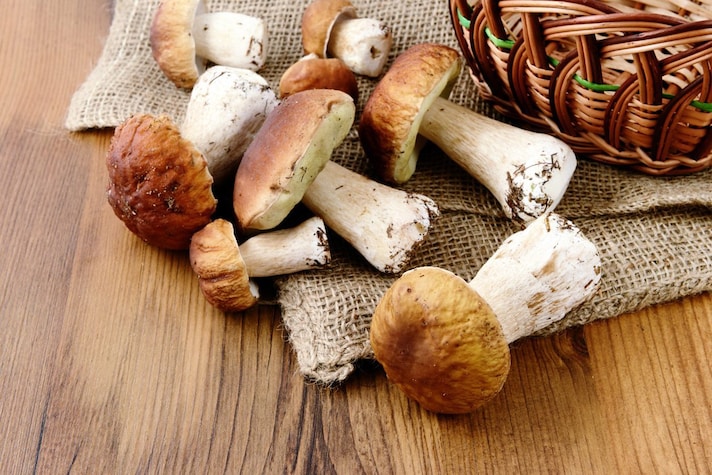
As we've seen, there are four different varieties, with the most popular being Boletus edulis, or common porcini. Its color ranges from dark brown to yellowish, and the cap can reach up to 30 cm in diameter. When cut, the flesh inside remains a beautiful white. These mushrooms have an intense yet delicate flavor: they are one of the symbols of autumn, perfect with must-have main courses like tagliatelle or risotto, but also as a filling for a roast. They enhance crostini as an appetizer with cured meats and cheeses, and are also the basic ingredient in soups and cream soups. They can be eaten raw, cooked, and are also excellent dried, so you can have them available all year round.
2. Good Egg
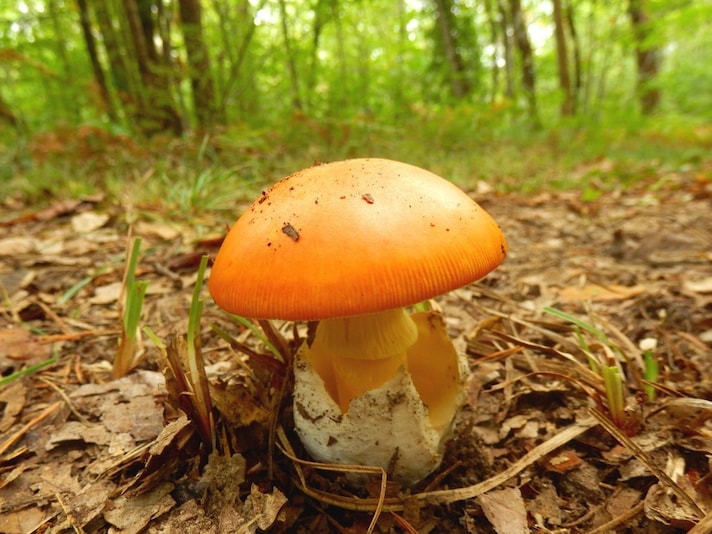
We mentioned it before: among its poisonous "sisters" of the Amanita genus, the Amanita caesarea is considered a highly prized and sought-after mushroom, known as the good amanita or royal amanita. When picking it, however, it is necessary to be extremely careful: in the early stages of growth, in fact, it can easily be confused with poisonous species such as the Amanita phalloides (the first to be misleading) or with other deadly amanitas. Amanita caesarea are mainly eaten raw, sliced very thinly in salads or carpaccio, but they can also be cooked: try them with fresh pasta, in omelettes, or grilled.
3. Drum Sticks
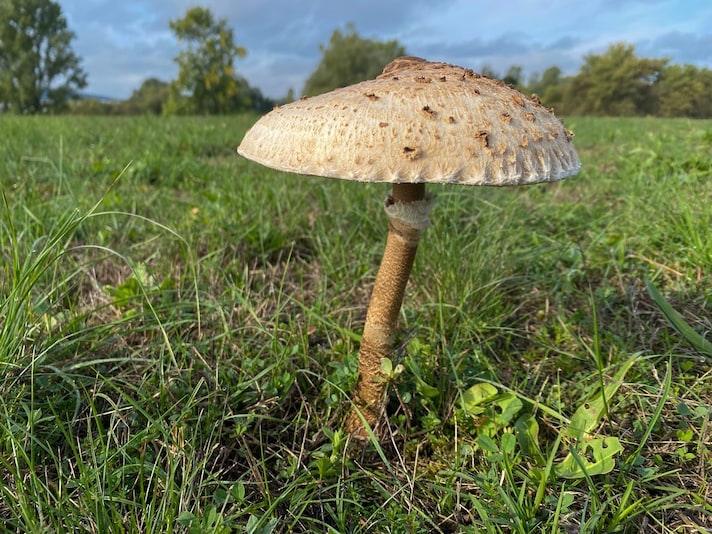
A very common mushroom, the drumstick mushroom (Macrolepiota procera) becomes toxic if eaten raw. It is recognizable by its slender appearance, as it grows tall, with a very broad cap that can reach up to 30 cm: it takes its name from its resemblance to the instrument used to play percussion. It has an intense flavor and a meaty texture and is usually cooked fried, cutlet-style, by coating the broad head in egg and breadcrumbs. A true delight, worth trying.
4. Pioppini
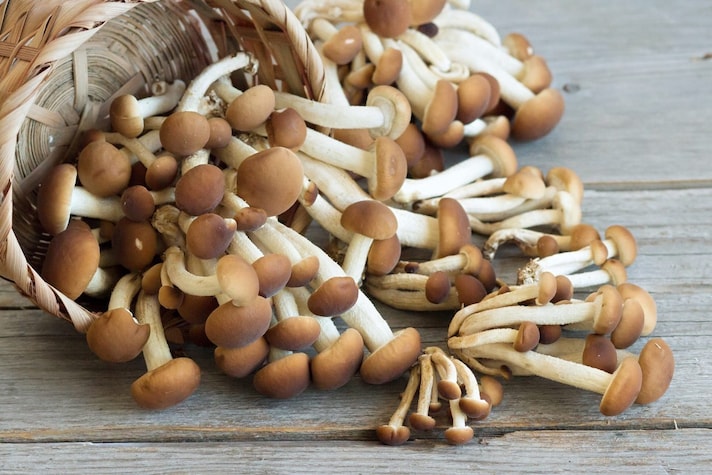
Pioppini mushrooms (Cyclocybe aegerita) can be cultivated, but they also grow wild. They go by various names, such as piopparello or colombine, and have a very distinctive aromatic flavor that adds rich flavor to any recipe. They should only be eaten cooked, otherwise they are toxic. Therefore, they are ideal for preserving in oil, for fresh pasta dishes and risottos, as an accompaniment to roasts, and as a side dish for scallops, ideal for pan-frying simply with oil, garlic, and parsley.
5. Oyster Mushrooms
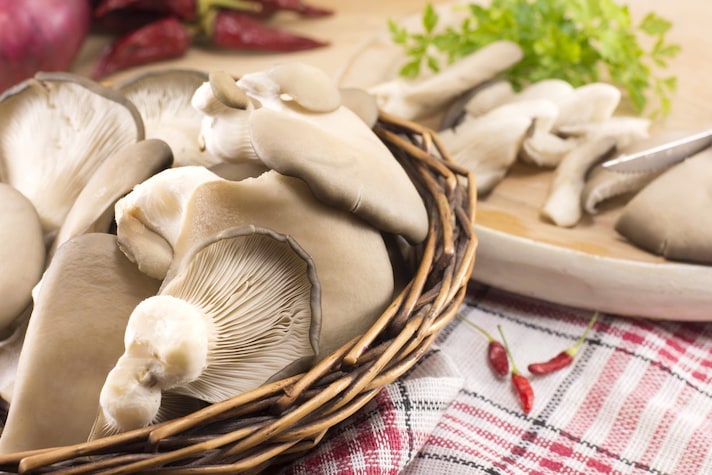
Like the previous mushrooms, they can be cultivated, but they are also abundant in nature: whether we're talking about oyster mushrooms, elephant ears, or chilblains, we're always talking about Pleurotus ostreatus, characterized by an earthy yet delicate flavor and a tough texture. They are very versatile mushrooms in the kitchen and lend themselves to a variety of preparations. These, like drumsticks, can be breaded and fried, and are also excellent grilled, baked, or pan-fried; perfect paired with strong-flavored meats, such as pork sausages. Again, eat them only after cooking.
6. Honey Mushrooms
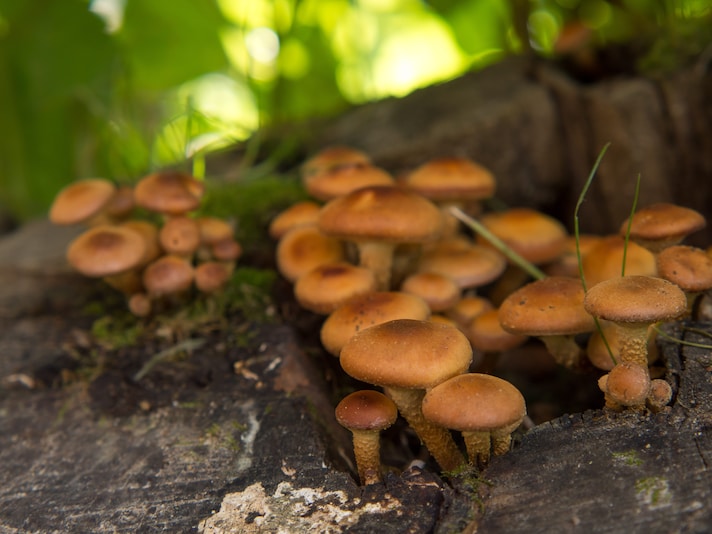
Not to be confused with pioppini mushrooms, honey mushrooms (Armillaria mellea) are tasty and very easy to cook. They are not completely edible: they contain a heat-labile protein toxin that is eliminated at around 140-160°F/60-70°C, so they should only be eaten after being thoroughly cooked. For this reason, recipes featuring them call for boiling for about 20 minutes, during which time the foam that forms on the surface must be gradually skimmed off. They are ideal preserved in oil, but also sautéed with garlic and parsley, or lightly deglazed with white wine.
7. Cardoncelli
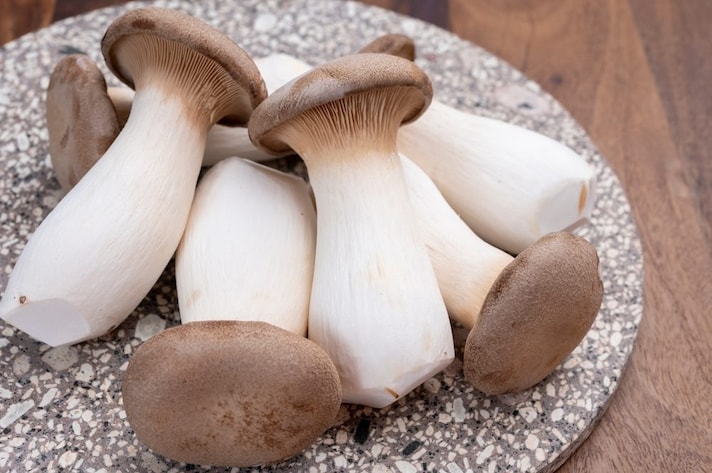
Here we are, one of the most prized and beloved varieties for their firm, fleshy texture. Also known as king oyster mushrooms (Pleurotus eryngii) are widespread throughout the U.S., especially in California, Pacific Northwest, Northeastern States, the Midwest and Southern States. Their delicate flavor makes them versatile in the kitchen, where they can be prepared in a variety of ways: grilled, sautéed, baked, au gratin, or in soups. Excellent for light, healthy dishes, king oyster mushrooms also offer a healthy boost, being low in calories and rich in vitamins and minerals: in short, choose them both as a healthy side dish and in a delicious risotto.
8. Chanterelles
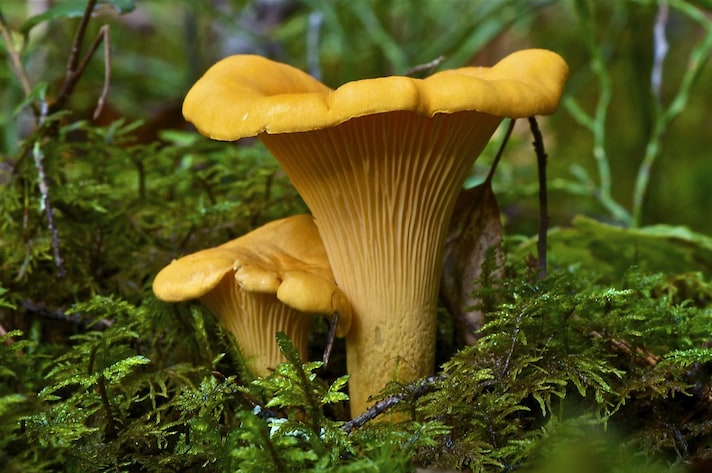
A variety that goes by a wide variety of names: finferlo, gallinaccio, cantarello, galluccio, gaetello, gaitello, galletto, gallinella… All cheerful terms that refer to Cantharellus cibarius, a mushroom that could even be eaten raw, if it weren't for its bitter taste: the suggestion is to lightly blanch it, to eliminate the unpleasant note. How to enhance it? The range of options is truly vast: pickled in oil or vinegar, fried, pan-fried, in omelettes, and even dried. Excellent combined with other mushrooms, to play with texture and flavor intensity, it can be considered the second most popular and delicious mushroom after the porcini.
9. Field Mushrooms
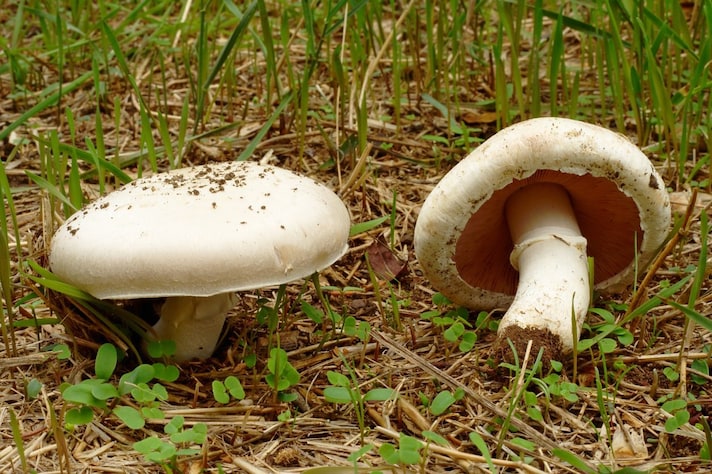
Field mushrooms (Agaricus campestris) belong to the Agaricaceae family, the same as the famous button mushrooms (A. bisporus), which are in fact their cultivated version. They have a delicate, almost sweetish flavor, a thick, firm stem that can vary from white to brown depending on the degree of ripeness, and a large, flattened white cap. In the kitchen, field mushrooms are suitable for countless recipes, not to mention that they can be prepared in a thousand ways: they are delicious raw, in salads or carpaccio, or sautéed as an accompaniment to chicken or beef, delicious when stuffed, baked, or as a filling for savory pies. They pair perfectly with dry and fresh pasta, in lasagna, and even with rice and grains: in short, a mushroom for all occasions.
10. Puffball or Giant Puffball
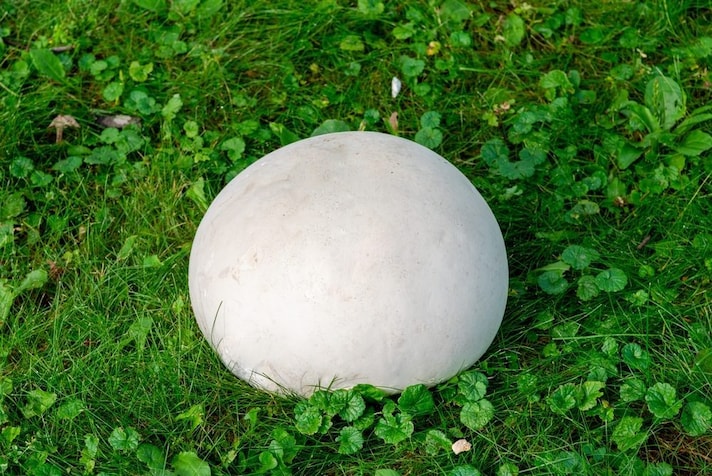
We conclude with a mushroom that certainly doesn't go unnoticed: the giant puffball. This term gives a glimpse of this specimen's characteristics: it is rounded, practically stemless, and anchored to the ground by tiny, slender roots. Its scientific name is Calvatia gigantea or maxima, and it is one of the most spectacular edible species, reaching the size of a soccer ball and weighing up to 5 kilos. It is eaten at the right stage of ripeness, when the surface is pure white, smooth, and even. Puffballs can be baked, au gratin, breaded, fried, grilled, or sliced, just like a steak.
;Resize,width=767;)
